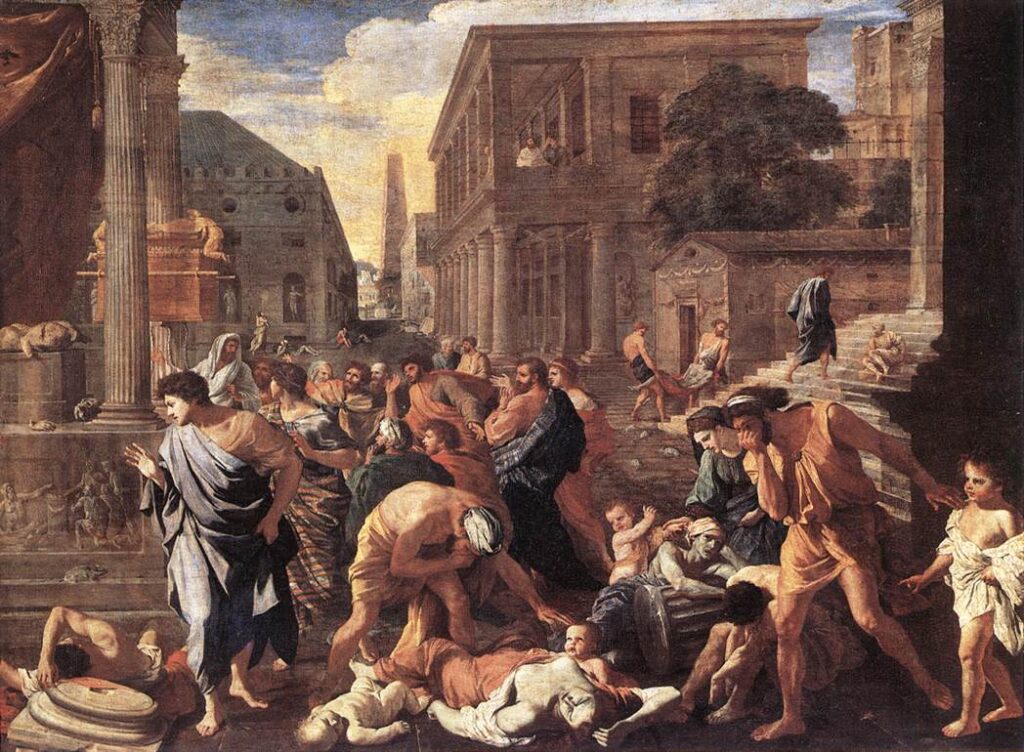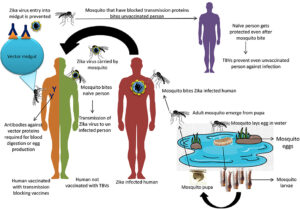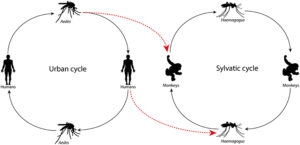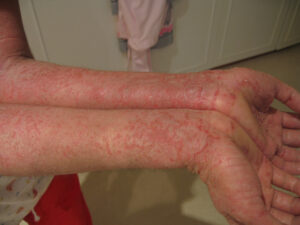The Plague, often referred to as the “Black Death” in historical contexts, is a severe infectious disease caused by the bacterium Yersinia pestis. Throughout history, this illness has been responsible for devastating pandemics, claiming millions of lives and reshaping societies. Despite advancements in medical science, the Plague remains a public health concern in certain regions. Understanding its causes, recognizing its symptoms, and exploring available treatments are essential steps in combating this ancient yet persistent threat.
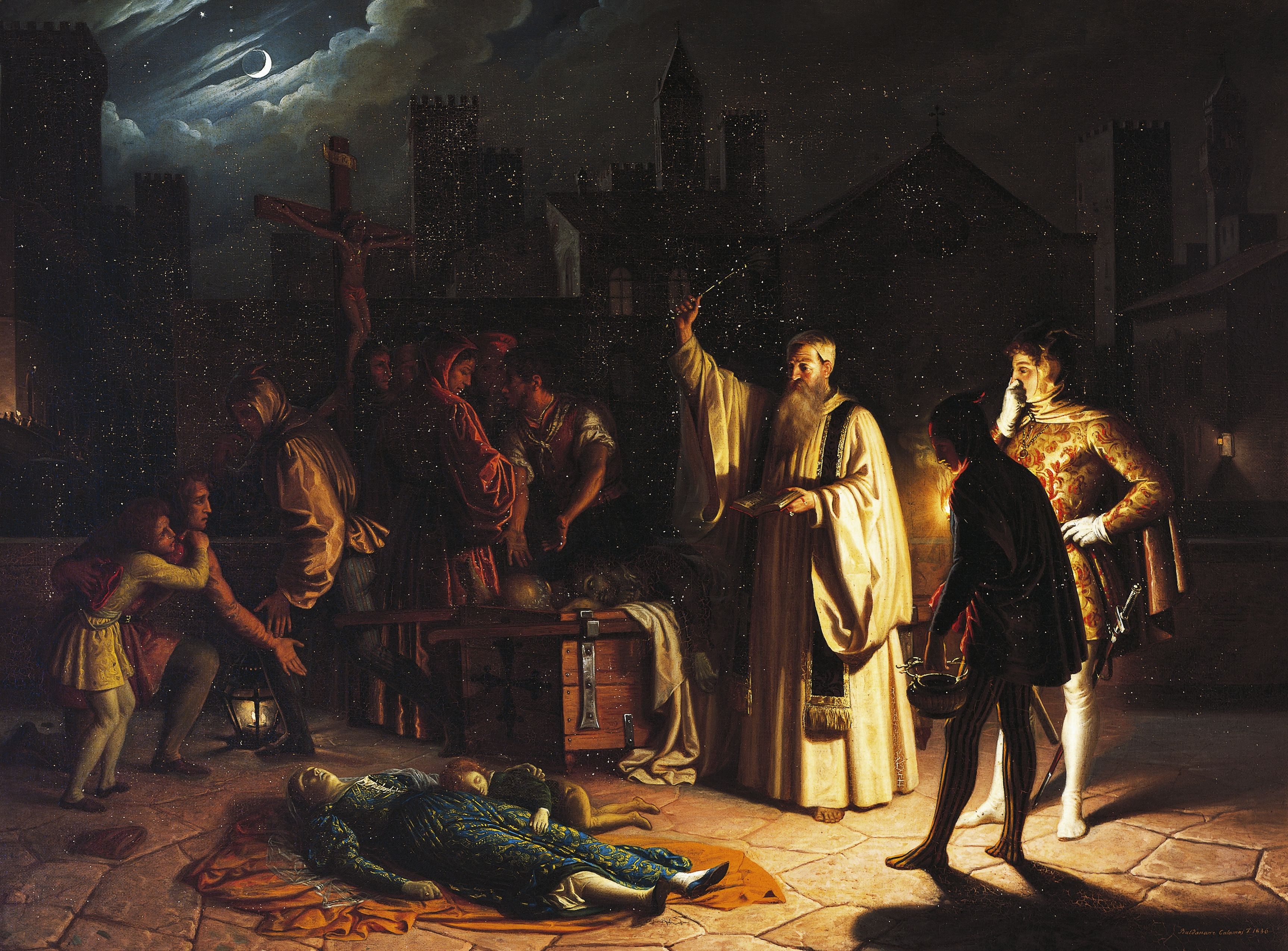
Understanding the Causes of the Plague
The Plague is primarily caused by a bacterium known as Yersinia pestis. This microorganism is typically found in small mammals, particularly rodents, and is transmitted to humans through the bites of infected fleas. The lifecycle of the bacteria involves both animal and insect hosts, creating a complex web of transmission that can lead to outbreaks in human populations.
Role of Rodents and Fleas
Rodents, such as rats, squirrels, and prairie dogs, serve as natural reservoirs for the bacteria. These animals often carry fleas that become infected after feeding on their blood. When an infected flea bites a human, it can transmit the bacteria into the bloodstream, leading to infection. The close proximity between humans and these animals, especially in rural or unsanitary environments, increases the risk of transmission.
Other Modes of Transmission
- Direct Contact: Handling infected animals, either dead or alive, can expose individuals to the bacteria. This is particularly common among hunters, veterinarians, and farmers.
- Respiratory Droplets: In rare cases, the Plague can spread from person to person through respiratory droplets. This form of transmission occurs when an individual with pneumonic plague coughs or sneezes, releasing bacteria into the air.
Recognizing the Symptoms of the Plague
The symptoms of the Plague vary depending on the form of the disease. There are three main types: bubonic, septicemic, and pneumonic. Each type presents distinct clinical features, but all are characterized by rapid onset and severity.
Bubonic Plague
Bubonic Plague is the most common form and is named after the swollen lymph nodes, or buboes, that develop in infected individuals. These buboes are typically found in the groin, armpit, or neck and are often accompanied by the following symptoms:
- Sudden onset of fever and chills
- Severe headache
- Muscle pain and weakness
- General malaise
If left untreated, the bacteria can spread to other parts of the body, potentially leading to more severe complications.
Septicemic Plague
Septicemic Plague occurs when the bacteria enter the bloodstream, causing widespread infection. This form is particularly dangerous because it can develop without the characteristic buboes seen in bubonic cases. Symptoms include:
- High fever and chills
- Abdominal pain and vomiting
- Shock and confusion
- Bleeding under the skin or from the mouth, nose, or rectum
Without prompt treatment, septicemic Plague can lead to organ failure and death.
Pneumonic Plague
Pneumonic Plague is the most virulent and deadly form of the disease. It affects the lungs and can be transmitted directly from person to person through respiratory droplets. Symptoms include:
- Coughing, often accompanied by bloody sputum
- Difficulty breathing
- Chest pain
- Rapid progression of symptoms
This form requires immediate medical attention, as it can be fatal within days if untreated.
Treatment Options for the Plague
Despite its historical reputation as a deadly disease, the Plague is treatable with modern antibiotics. Early diagnosis and intervention are critical to improving outcomes and preventing complications.
Antibiotic Therapy
The primary treatment for the Plague involves the administration of antibiotics. Commonly prescribed medications include:
- Streptomycin
- Gentamicin
- Doxycycline
- Chloramphenicol
In most cases, patients respond well to antibiotic therapy, especially when treatment begins early. For individuals with pneumonic Plague, hospitalization and isolation may be necessary to prevent further transmission.
Supportive Care
In addition to antibiotics, supportive care plays a crucial role in managing the symptoms of the Plague. This may include:
- Fluid replacement to address dehydration
- Oxygen therapy for patients with respiratory distress
- Pain management to alleviate discomfort
Supportive measures help stabilize patients and improve their chances of recovery.
Vaccination Efforts
While there is no widely available vaccine for the Plague, research and development efforts continue to explore potential immunization strategies. Vaccines have shown promise in high-risk populations, such as laboratory workers and individuals living in endemic areas. However, their availability remains limited, and public health measures remain the primary line of defense against outbreaks.
Prevention Strategies
Preventing the Plague involves a combination of public health initiatives, personal precautions, and environmental management. These strategies aim to reduce the risk of exposure and limit the spread of the disease.
Public Health Measures
Governments and health organizations play a vital role in monitoring and controlling Plague outbreaks. Key measures include:
- Surveillance of rodent populations to identify potential hotspots
- Implementation of flea control programs
- Educating communities about the risks and prevention methods
Personal Precautions
Individuals can take several steps to protect themselves from the Plague:
- Avoid contact with sick or dead animals, especially rodents
- Use insect repellents to prevent flea bites
- Wear protective clothing when handling animals or working outdoors
- Seek medical attention immediately if symptoms develop
Environmental Management
Reducing the presence of rodents and fleas in residential areas is essential for preventing outbreaks. Effective measures include:
- Eliminating food sources and nesting sites for rodents
- Using traps or other pest control methods
- Maintaining clean and sanitary living conditions
Historical Context and Modern Implications
The Plague has left an indelible mark on human history, shaping economies, cultures, and medical practices. From the Justinian Plague in the sixth century to the Black Death in the fourteenth century, outbreaks have caused widespread devastation. While modern medicine has significantly reduced the threat of large-scale pandemics, isolated cases and localized outbreaks still occur, particularly in regions with limited healthcare infrastructure.
Understanding the historical context of the Plague provides valuable insights into its persistence and the importance of continued vigilance. By learning from past experiences, societies can better prepare for future challenges and ensure that effective prevention and treatment strategies remain in place.
